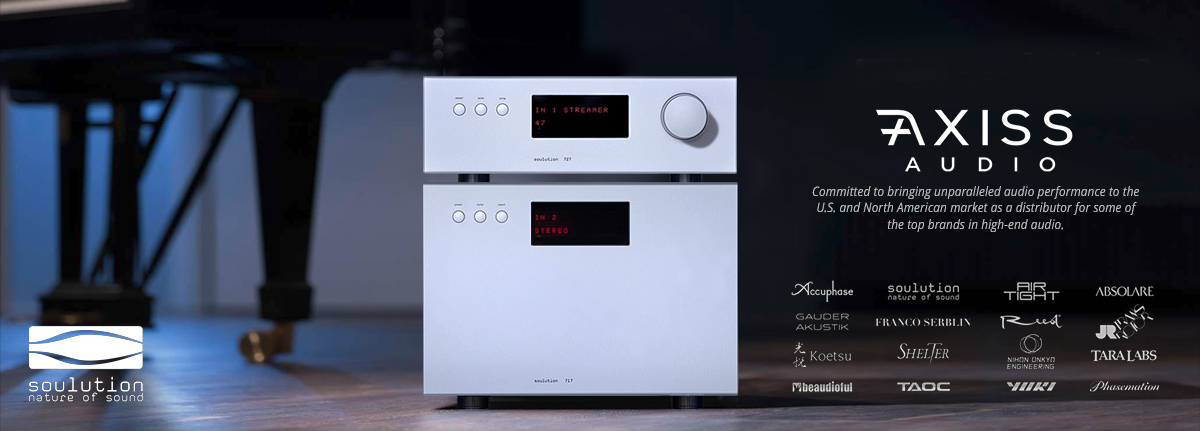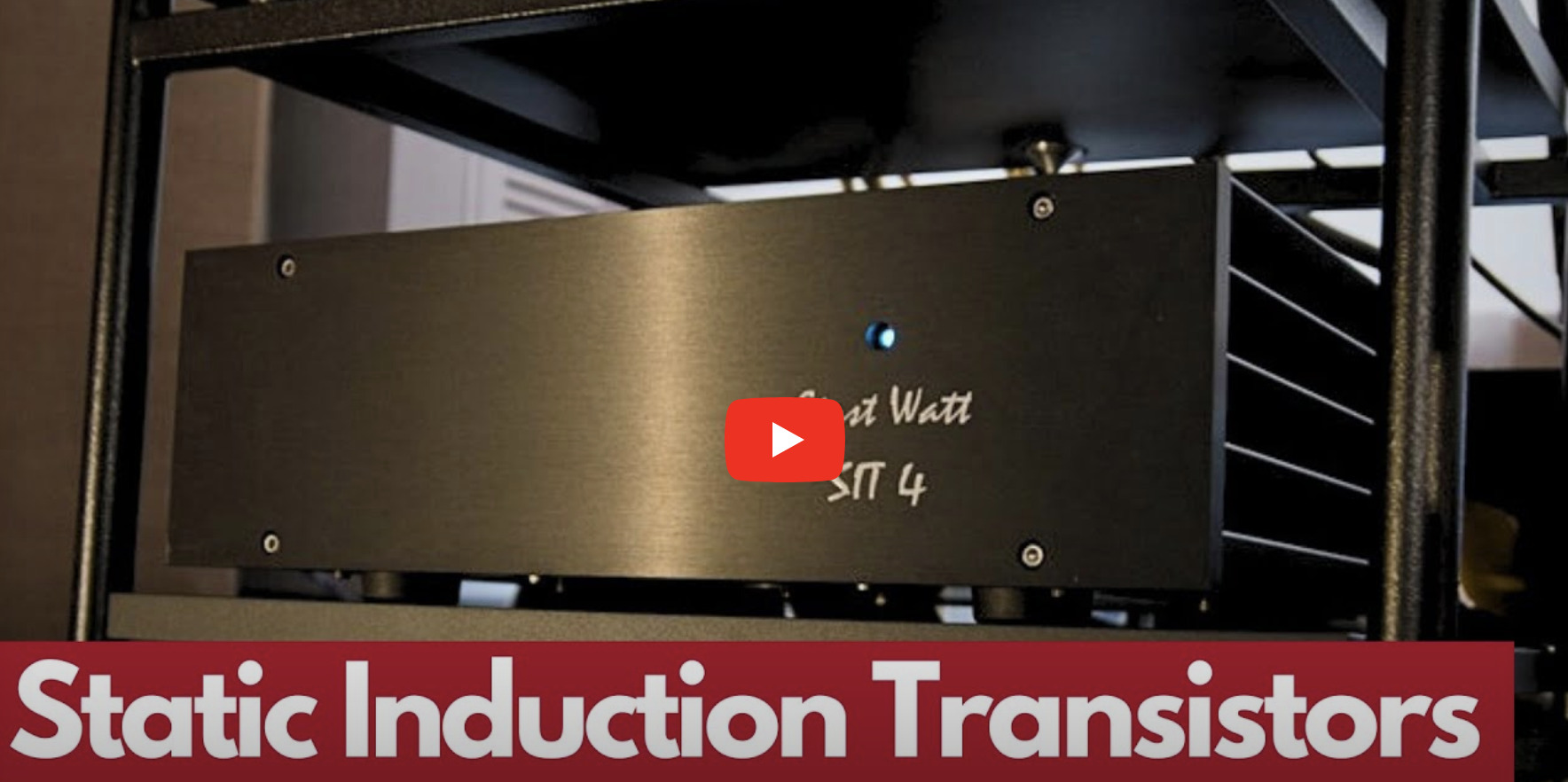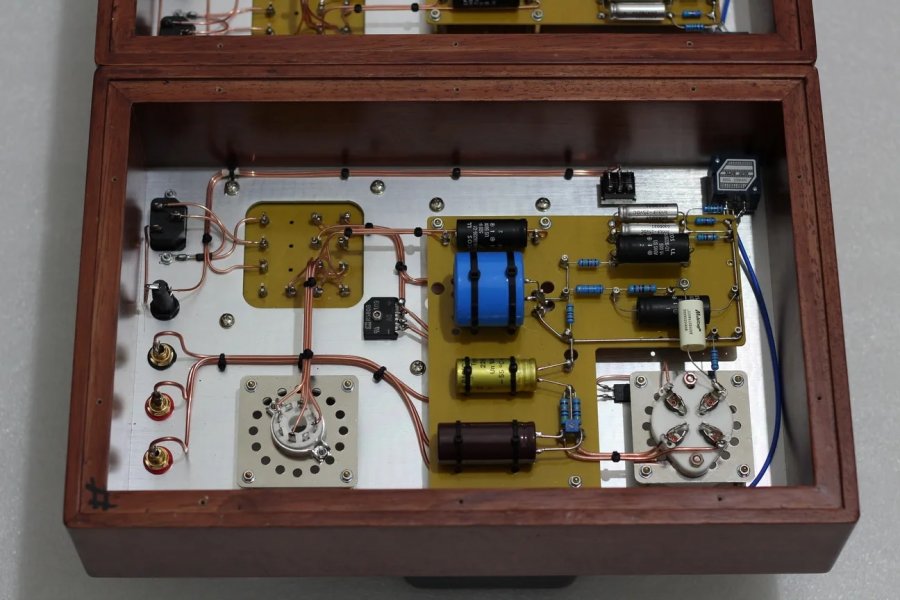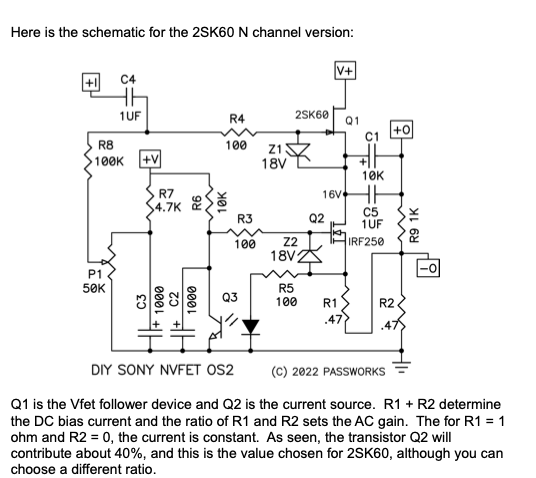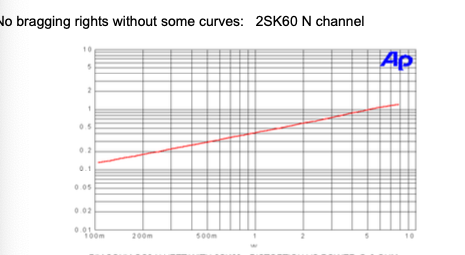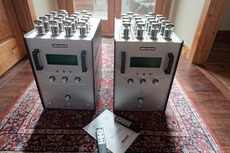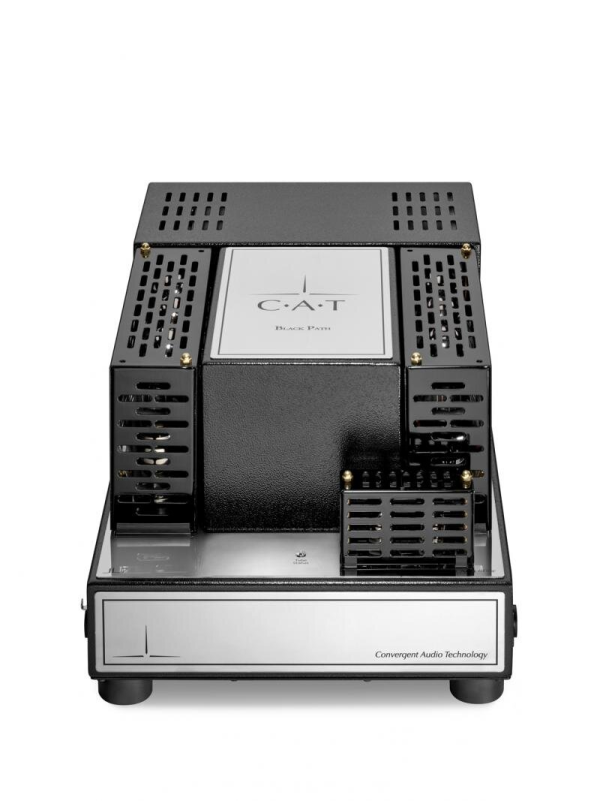Its all about making the right measurements and also knowing what those measurements are telling us. That knowledge is in short supply.That may be true but the reverse "If they sound good, they must measure good" is not necessarily so and neither is "If they measure good, they must sound good"
I mentioned them because they have less stages of gain than any SET. SET's are usually trotted out as being the most simple but they are not. Nelson Pass has built amps that are simpler than SETs too.For instance, I said that, IMHO, over-engineering with loads of electronic processes applied between source and speaker, perhaps to correct "measurements" or to cut costs ( such as using a diodes in place of more expensive rectifier tubes), ruins the sound. I also said, IMHO, that designing a simple circuit with the lowest parts number but with the best parts available usually sounds best. Atmosphere, agreed to the simple design with excellent parts idea, but only as a segue to advertise his own OTL amplifiers.
Music is normally processed in the limbic portion of the brain until it finds a problem (such as harshness), at which time the music processing transfers to the cerebral cortex. IMO the goal of the designer should be to keep the processing in the limbic portion as much as possible, so the music will be more engaging with greater emotional impact.let me add that “emotion” to me is a function of music. There’s no getting emotional over gear, unless it is one’s sole inheritance from a loved one. From my perspective, what systems “contribute” is distraction, which precludes emotion. So when a drum whack makes me almost leap out of my seat as it would in a live concert, and a tube amp slightly softens bass response, that’s nowhere as decisive as the fact that a drum whack isn’t just bass, and what hinders my emotion is inevitably when my attention is drawn to a part rather than the whole. The musical properties that let us engage with the emotional content, to me are about coherence and timing, and of course tone (which is big when one is primarily a classical music aficionado like me), apart, quite simply, from anything that doesn’t belong there (the very definition of distraction). In general, I can’t bring myself to say that tube gear or solid state does all three better than the other, the point is the tradeoff must not be such that one isn’t connecting to one’s favorite music.
Understanding how the ear/brain hearing perceptual rules work is key. That has to be married to the engineering skill to design circuits that conform to those rules.


